On May 5, 1862, the Mexican army unexpectedly defeated the French in the Battle of Puebla during the Franco-Mexican War. Although not the end of the war, the victory was a testament to the Mexican military’s unshakeable spirit and inspired the Cinco de Mayo celebrations we still see today. Outside of the state of Puebla, where the battle occurred, it’s a relatively minor holiday in Mexico. But many Mexican immigrants carried the tradition with them to America. Today, Americans celebrate Cinco de Mayo with festivals, parades, music, food, and artesanía!
In Mexico, artesanía is a traditional craft or folk art piece. Artists of all skill levels produce artesanía, including pottery, fabrics, toys, and other crafts. It often features bright colors and decorative details that date back to the ancient temples, pyramids, and other historical objects found throughout Mexico.
You can celebrate Cinco de Mayo with your students by creating some of the artesanía projects below!
Papel Picado
Papel picado, or punched paper, is a traditional paper craft used to line the streets and doorways during Mexican celebrations like the Día de Muertos. Similar to making paper snowflakes, you can make your own papel picado simply by cutting folded paper.
- Fold a large sheet of colorful tissue paper in half, twice
- Then fold a large sheet of construction paper in half and place the folded tissue inside, spine to spine
- Next, have your students draw and cut designs out of the construction paper sandwich
- Finally, unfurl the tissue inside to reveal their creations!
String students work together to create a colorful classroom banner, or tape a drinking straw to each piece to create flags.
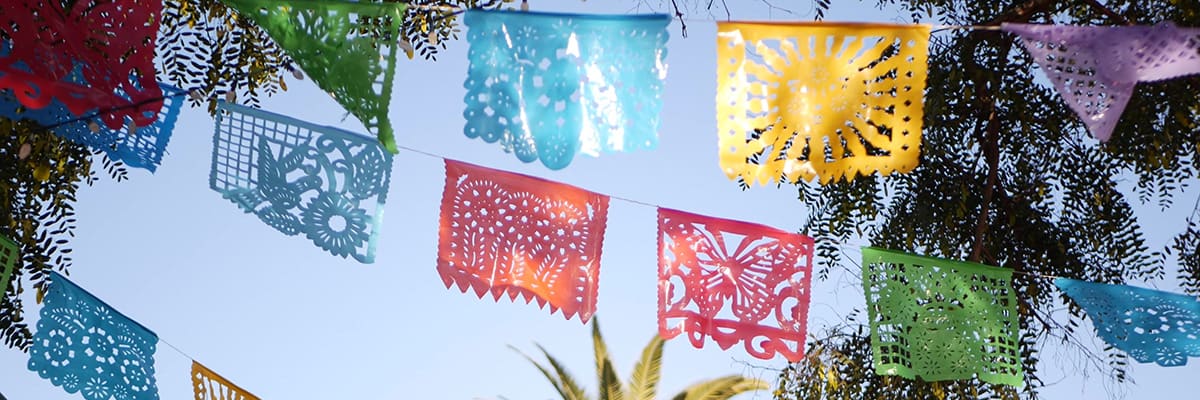
Bunched Paper Flowers
Keep that tissue paper handy. It’s perfect for crafting bunched paper flowers. Used in Mexico in lieu of real flowers to decorate weddings and other important events, paper flowers can be crafted meticulously into true works of art.
Students start by selecting and stacking six sheets of tissue paper. You may want to cut a traditional tissue sheet in half—large sheets will make very large flowers. Have them place the color they’d like at the center of their flower on top and a green sheet on the bottom.
Next, fold the stack, accordion-style, approximately one inch per fold. Wrap a pipe cleaner around the center of the stack, twisting it to secure it, and cut each end into an obelisk shape to create the petals. Unfold the layers on either side of the pipe cleaner and separate the petals upward to form the flower.
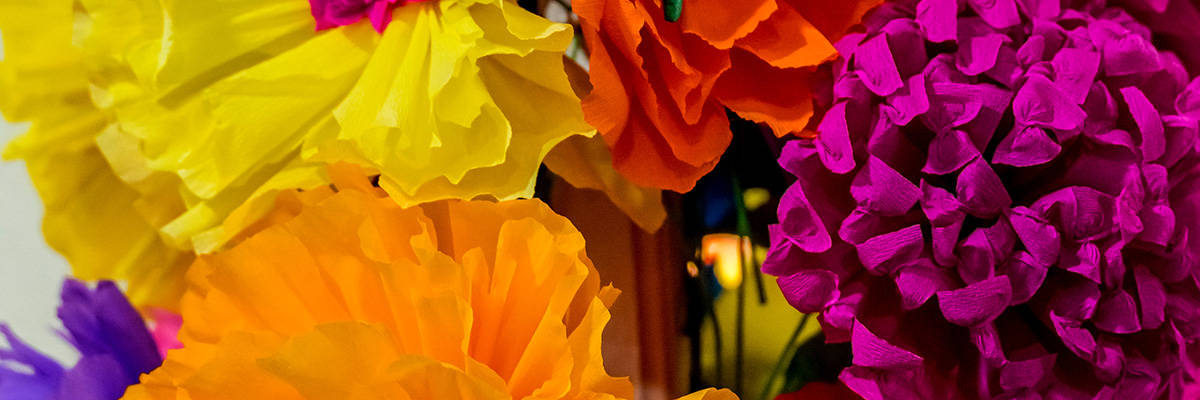
Amate Paintings
Amate is a specific fiber created from the bark of a fig tree. It was used in ancient Mexican art and communication around 300 CE, with the earliest known piece dating back to 75 CE. Birds were a common theme in amate artwork, though other animals and patterns were also recorded on this medium.
Your students can create their own amate paintings using paper bags, brightly colored tempera paints, and art markers. Start by cutting a large, rectangular paper bag canvas for each student. Next, let your students crush, crumple, and smooth their canvases several times, until they’re pliant. Using a dark, thick marker, students can now draw an outline of their bird, animal, or pattern on the bag, then use the paints to fill in their outlines. Let the paints dry and mirar! Amate paintings!
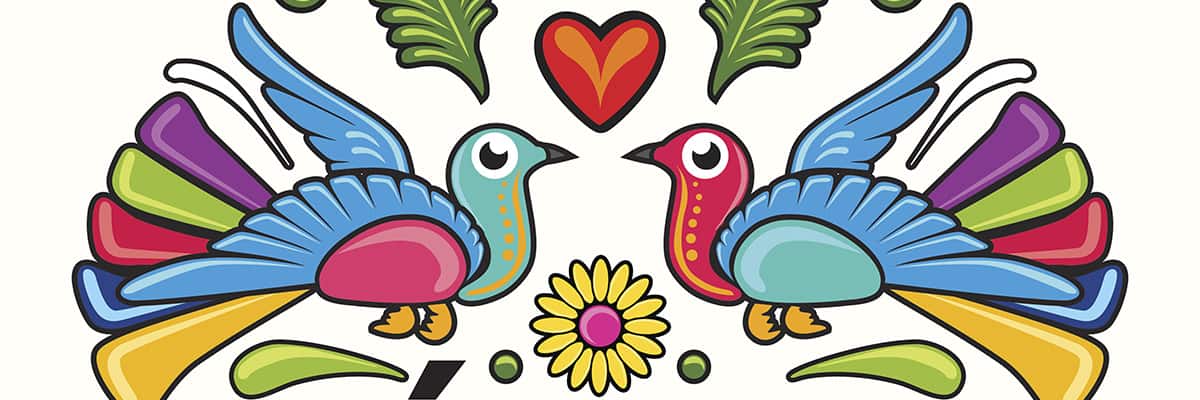
How will you celebrate Cinco de Mayo with your students? Be sure to stop on back for more holiday and celebration ideas from the Schoolyard!

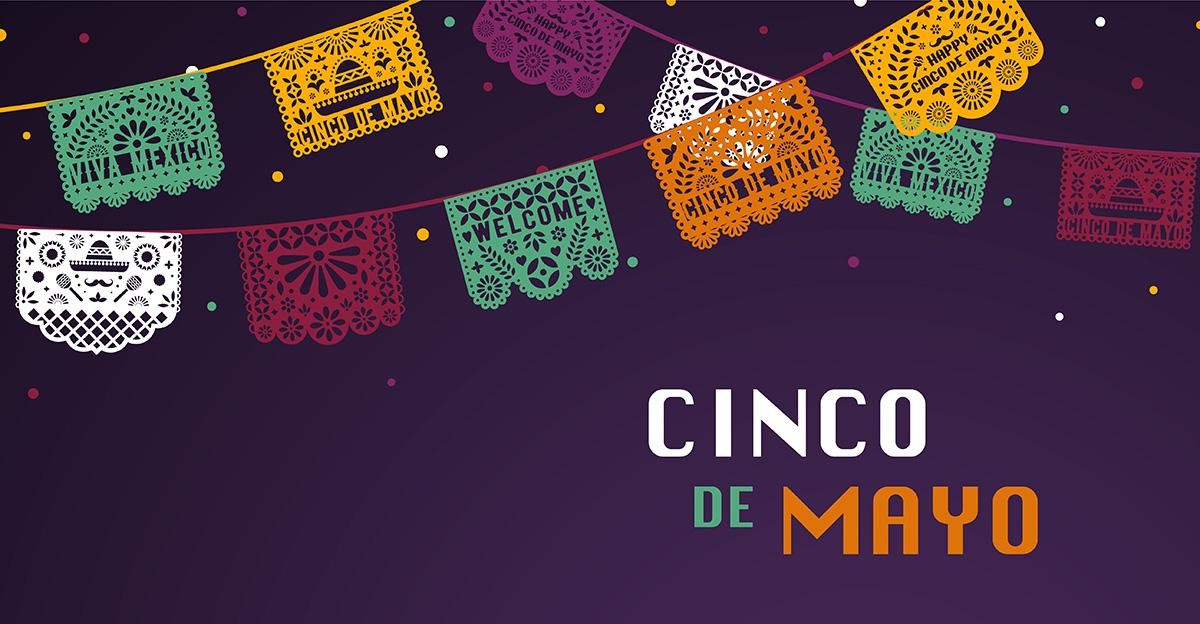


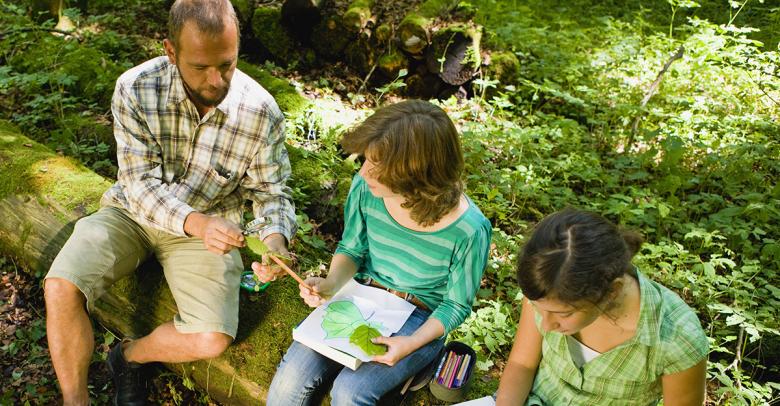

Leave a Reply